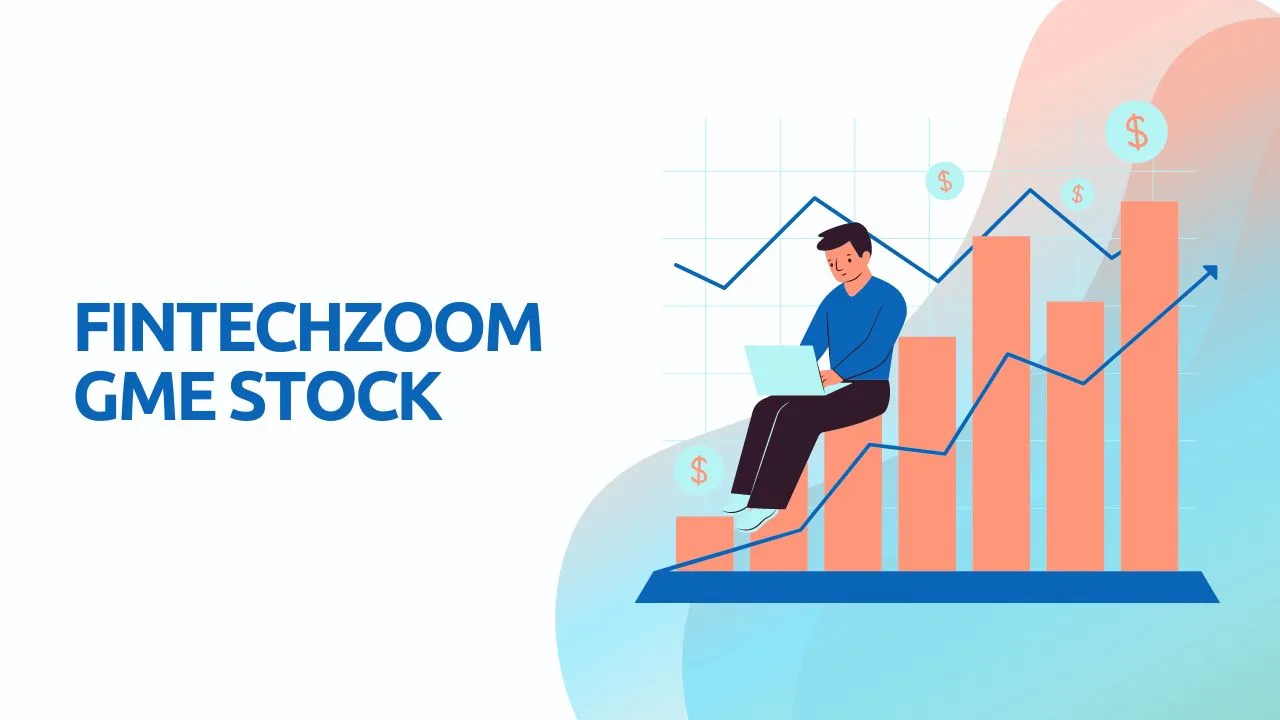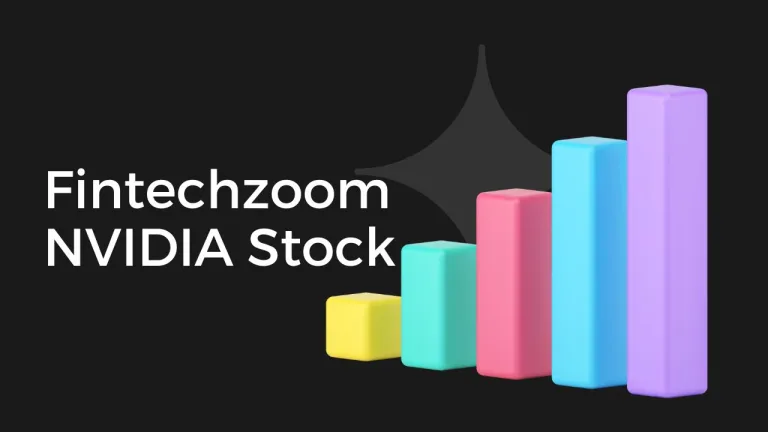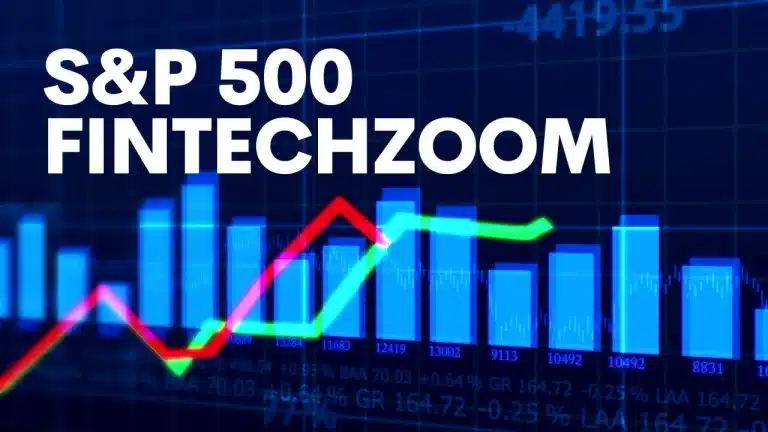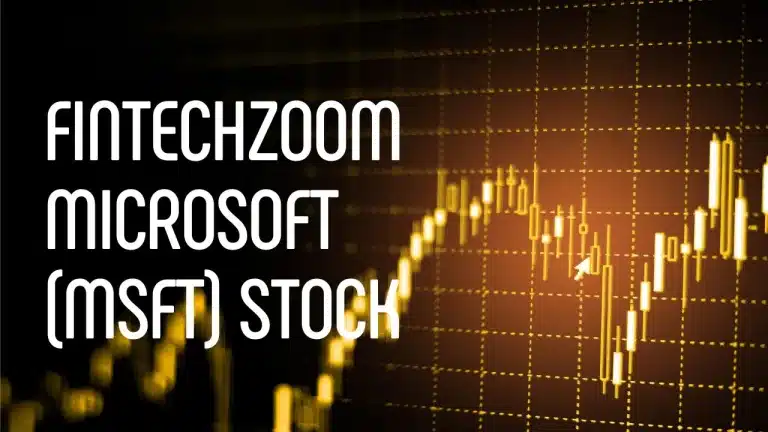Fintechzoom GME Stock: Analysis and Predictions
In this analysis on Fintechzoom, we’ll analyze GME or Gamestop stock performance and share the ratings for this stock. GameStop Corp. (GME) has been a notable player in the stock market, particularly known for its volatile journey during the meme stock phenomenon of 2021. As we move through 2024, the company continues to attract attention, not just for its past but for its evolving financial landscape.
Recently, GameStop has experienced significant fluctuations in stock price, influenced by both market sentiments and its internal corporate actions. You’ll get GameStop’s stock performance, an in-depth financial analysis, and insights into the analyst ratings and price targets in this article that could shape its future in the stock market.
GME Stock Performance Overview
As of late April 2024, GameStop’s stock price stands at $11.90, marking a 32.1% decrease from its position at the start of the year when it was trading at $17.53. This decline reflects a broader trend seen over the past few years, where the initial excitement surrounding meme stocks has significantly waned. The current stock performance of GameStop also mirrors the challenges faced by the retail sector, especially those heavily reliant on brick-and-mortar operations. GameStop has not kept pace with the more robust gains seen in broader market measures like the S&P 500.
In contrast, during the height of the meme stock era in 2021, GameStop’s shares reached an all-time high of around $120, driven largely by a surge of retail investors. However, the decline since then has been steady, influenced by both the shifting dynamics of retail shopping and the company’s strategic decisions. The stock’s volatility remains a key consideration for investors, as it highlights both the potential risks and rewards associated with GameStop in the current economic climate.
Fintechzoom Gamestop Financial Analysis
GameStop’s financial health remains under scrutiny as the company navigates a challenging retail environment. For the fiscal quarter ending April 2024, the company reported earnings of -$0.09 per share, indicating continued pressures on profitability. This is a slight improvement from the previous year’s EPS of -$0.14 for the same quarter, but still points to underlying challenges. The revenue forecast for the current year (2025) is estimated at $4.79 billion, down from $5.27 billion the previous year, reflecting a decline of approximately 9.10%.
Looking forward, analysts have a tepid outlook for GameStop’s financial growth. The expected revenue for the next fiscal year (2026) is projected at $4.57 billion, indicating a further decrease of 4.60%. The EPS is somewhat more optimistic, forecasted to increase to $0.06 in 2026 from a mere $0.01 in 2025. This projected growth in EPS might be indicative of cost-cutting measures or operational efficiencies that the company might achieve amidst ongoing sales challenges.
These financial metrics illustrate a company in transition, trying to stabilize its earnings amidst significant market and operational challenges. The decline in projected revenues highlights the difficulties GameStop faces in a rapidly changing retail landscape, where digital and online markets are becoming increasingly dominant. Investors and analysts closely watch these numbers to gauge whether the company can turn its fortunes around in the face of these adverse trends.
Fintechzoom GME Stock Analyst Ratings and Price Targets
The sentiment among Fintechzoom and financial analysts towards GameStop remains largely bearish as we proceed through 2024. The prevailing Fintechzoom analyst consensus categorizes GME stock as a “sell,” with the average price target set at $5.60. This target suggests a significant potential downside of approximately 52.94% from the current trading price of $11.90. Such a stark downgrade reflects analysts’ concerns about both the company’s financial stability and its ability to adapt to a rapidly evolving retail environment.
The uniformity in the price targets, all set to $5.60, indicates a strong consensus among Fintechzoom analysts about the expected downward trajectory. This outlook has been consistent over several months, with no analysts recommending a “buy” or even a “hold” rating for the stock. The analysis suggests that investors are advised to be cautious, reflecting expectations of further declines in GameStop’s market value. The negative forecast can be attributed to a variety of factors, including decreasing sales, profitability challenges, and an uncertain future in the highly competitive gaming market.
The consistency of the “sell” ratings over time, even when revisited by analysts, underscores the skepticism regarding GameStop’s recovery or growth prospects. This bearish outlook is crucial for potential investors or current shareholders in making informed decisions about their holdings in GME.
Investment Challenges and Opportunities
GameStop faces significant investment challenges as it continues to navigate a shifting retail and gaming landscape. One major issue is the company’s struggle to fully pivot to digital sales amidst stiff competition from digital marketplaces and downloadable content platforms. This transition is critical as the traditional retail model, especially within the gaming industry, becomes increasingly obsolete. Additionally, GameStop’s role as a brick-and-mortar retailer has been further complicated by the global shift towards online shopping, exacerbated by the pandemic.
However, these challenges also present unique opportunities. GameStop’s brand recognition and cult status from the meme stock saga provide it with a platform to potentially reinvent itself. The company could leverage its customer base by expanding into digital ecosystems or by capitalizing on trends like esports, gaming merchandise, or even tech-driven entertainment experiences. Furthermore, the recent executive shifts and strategic layoffs suggest a reevaluation of its business model, which could lead to cost efficiencies and a more streamlined operation.
For investors, the key will be to monitor how GameStop implements these strategic changes and whether it can translate them into financial success. While the current outlook remains bearish, any significant positive shifts in strategy or financials could provide speculative investment opportunities.
Frequently Asked Questions (F.A.Q)
What is the current Fintechzoom consensus on GME stock among analysts?
The current consensus among Fintechzoom analysts is to “sell” GME shares, with a unanimous agreement on the stock’s downward trajectory reflected in the current price target of $5.60.
What are the financial forecasts for GameStop?
Analysts forecast a continued decline in revenue, with estimates for the current fiscal year (2025) at $4.79 billion, decreasing to $4.57 billion the following year. Earnings per share are expected to see a minor improvement, rising from $0.01 in 2025 to $0.06 in 2026.
How has the stock price been trending in 2024?
GameStop’s stock has shown a significant decrease from the start of the year, dropping from $17.53 to $11.90, marking a decline of 32.1%.
Wrapping Up
This analysis of GameStop highlights a company at a critical juncture. With strong headwinds in terms of both market dynamics and internal challenges, GameStop is navigating through a period of significant transformation. The bearish sentiment from analysts underscores the perceived risks associated with the stock. However, potential strategic pivots could redefine its market position. For investors, keeping a close watch on GameStop’s strategic initiatives and financial outputs will be key to understanding its future potential in a rapidly evolving retail and digital landscape.







